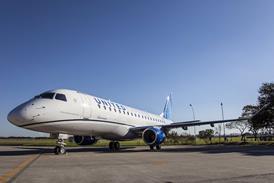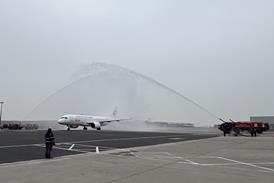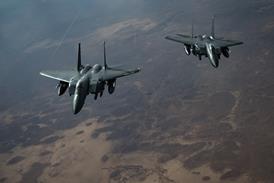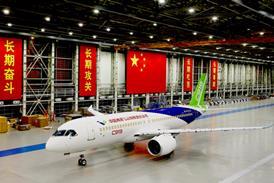US carriers, and those who use US airspace, will learn about the Federal Aviation Administration's aircraft equipage requirements for its future air traffic management system - NextGen - within three months, according to the FAA's Ronald Stroup, chief system engineer air traffic organisation. There seems to be a great deal of uncertainty, even in the agency itself, however, about what the mandate will demand.
The consultation period on what airborne equipment should be mandated for NextGen's automatic dependent surveillance-broadcast (ADS-B)-based plans has just closed, Stroup pointed out.
One of the greatest areas of uncertainty at this point is what system will be mandated for controller-pilot datalink communications (CPDLC), but Stroup, speaking at the Avionics 08 conference in Amsterdam, refused to be drawn on this issue, except to hint that FANS datalink equipment installed by airlines flying oceanic routes would only be a temporary solution for overland datalink.
Boeing senior technical fellow David Nakamura told conference delegates that he "has not seen enough of NextGen to understand what its objectives will be on datalink so as to be able to commit to equipage".
Stroup says the fundamental question is how much onboard equipment change will be required to achieve NextGen capability, what can be achieved with existing equipage, what is needed, and when it becomes needed. He explains that the bottom-up process has been achieved through consultation, and now a top-down approach is inevitable. But Stroup says the FAA is listening to users to find out what will benefit users most and soonest in terms of functionality.
Nakamura said the situation is not an easy one for manufacturers. It has been agreed, he explained, that NextGen will be a performance-based, 4D trajectory-based, network-enabled system in which the aircraft is no longer just managed from the outside to fit into a air traffic management template.
But, he said, there is no global agreement on what is meant by "performance-based airspace" nor on how to use it. Globalisation, however, is essential, he says. In a clear message to the FAA, Nakamura said it is essential that aeroplane equipage, infrastructure, regulations and procedures all move forward in harmony.
Source: Flight International























